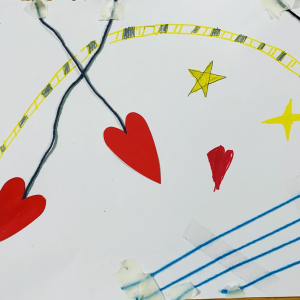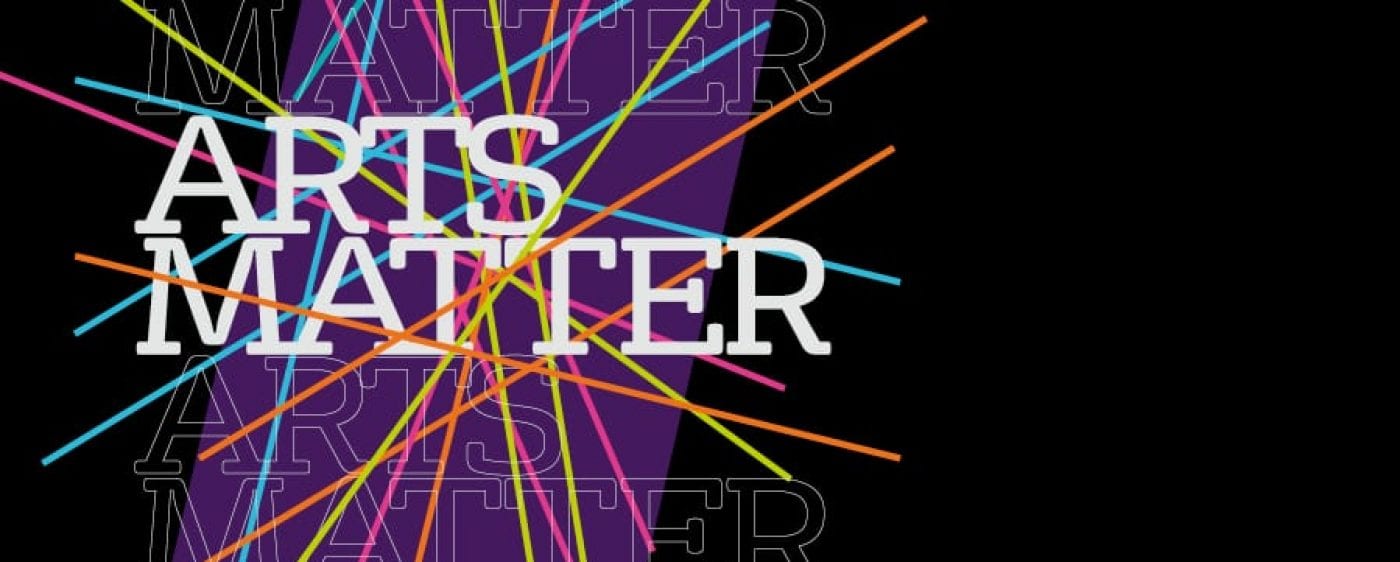This article was originally posted on LinkedIn on 10 October 2022.
On World Mental Health Day, 10 October, we connected with Dr Lesel Dawson, Associate Professor in Literature and Culture at the University of Bristol, and Arts and Culture Lead for The Good Grief Festival, to hear about her research into grief and creativity.
Throughout history, humans have created art to honour the life of someone who has died—from ancient Greek and Roman gravestones to Victorian hair locks, from Renaissance elegies to modern memorial tattoos. While forms of mourning change over time and from culture to culture, our need to express grief and have our pain recognised and witnessed persists.
However, over the last century, we have lost many of the communal and creative ways that we come together to grieve, and with them perhaps, the confidence to support bereaved people we know. Worried about saying the wrong thing, we can slip into tired clichés or avoid the subject altogether, so that people who are grieving often feel lonely, stigmatised, and isolated.
Good Grief
We set out to help change this with Good Grief: A Virtual Festival of Love and Loss, led by founder Lucy Selman (co-lead of the University of Bristol Palliative and End of Life Care Research Group) and initially funded by a grant from the Wellcome Trust. The festival brings together grief therapists, academics, palliative care doctors, comedians, artists, and musicians to have open and honest conversations about grief, death and loss, aspiring to provide a platform for bereaved people to share experiences and facilitate a shift in how we approach and understand death and grief. Integrating the arts into the festival has both helped engage audiences and highlighted the individual and varied nature of grief. Our new project, Good Grief Connects aims to further this work by collaborating with partners (Compassionate Cymru, The Ubele Initiative and Compassion in Dying) to deliver and evaluate three pilot projects that will help support diverse communities talk about death and grief and access the support they need.
My work as the Good Grief Festival’s Arts and Culture Lead has impacted my research, which explores the role of creativity and the imagination in grief. Drawing on the work of Robert Neimeyer, I explore the way bereavement shatters our ‘assumptive world’, the beliefs and assumptions that frame how we conceptualise ourselves and our futures. As part of a process called ‘adaptive grieving’, creativity can help enable us to confront the painful reality of our loved one’s death and begin to integrate the changes that follow our bereavement. When we create art, we both share our experiences with others and act as our own witness in a self-dialogue which can be illuminating and therapeutic. In this context, our imagination is both a source of suffering and a means to process what has happened.
Grief and art

Creative expression can be particularly valuable for children, who sometimes struggle to express their feelings verbally and often learn and communicate through play. Children grieve as deeply as adults and need to be allowed to express their feelings and told the truth in age-appropriate language so they can be part of their family’s narrative of what has happened. Toys, paint, clay and sand can provide non-verbal forms of communication, and allow children a safe, structured space to explore difficult feelings and tell their story.
These ideas are explored in two Brigstow-funded short films which I co-produced: Children, Grief and Creativity, created with psychotherapist Julia Samuel MBE (Founder Patron of Child Bereavement UK and bestselling author) and animator Gary Andrews (creator of ‘Doodle-a-Day’ and Finding Joy), and Children, Grief and Art Therapy made with Art Therapist Victoria Tolchard and Gary Andrews.
Grief education
While the Good Grief Festival has supported more open conversations about bereavement, we need more foundational, systemic changes if we are to transform a culture that still treats grief and death as taboo. One long-overdue change is to make grief education a statutory component of the curriculum in all four countries of the UK. As charities and organisations (such as Child Bereavement UK, Childhood Bereavement Network and Winston’s Wish) and psychotherapists, psychologists, child specialists and academics have demonstrated, grief education can help destigmatise grief and death, enabling children and young people to understand bereavement and better support friends and peers who are grieving. Schools are uniquely placed to prepare children for difficult life experiences, and the charity sector has developed a wealth of lesson plans, resources and expertise which make mandatory grief education both timely and actionable.
To support this change (and the work that has already been done), Rachel Hare, Lucy Selman and I are working with Tracey Boseley (National Development Lead for the Education Sector for Child Bereavement UK) and Alison Penny (Director of Childhood Bereavement Network and Co-ordinator for National Bereavement Alliance) on a review that brings together research on the benefits of grief education, explores the most effective ways to integrate the topics into schools, and considers issues with teacher training and other obstacles. Statutory grief education would be an effective and efficient way to help school pupils talk about death, preparing them to manage their own grief and support others, and fostering the development of a more compassionate society.
More information:
- Read more about Good Grief Connects
- Find out more about Good Grief: A Virtual Festival of Love and Loss
- Watch Children, Grief and Creativity on YouTube
- Watch Children, Grief and Art Therapy on YouTube
- Learn more about Lesel Dawson’s research
- Follow Lesel on Twitter
- Learn more about Lucy Selman’s research

